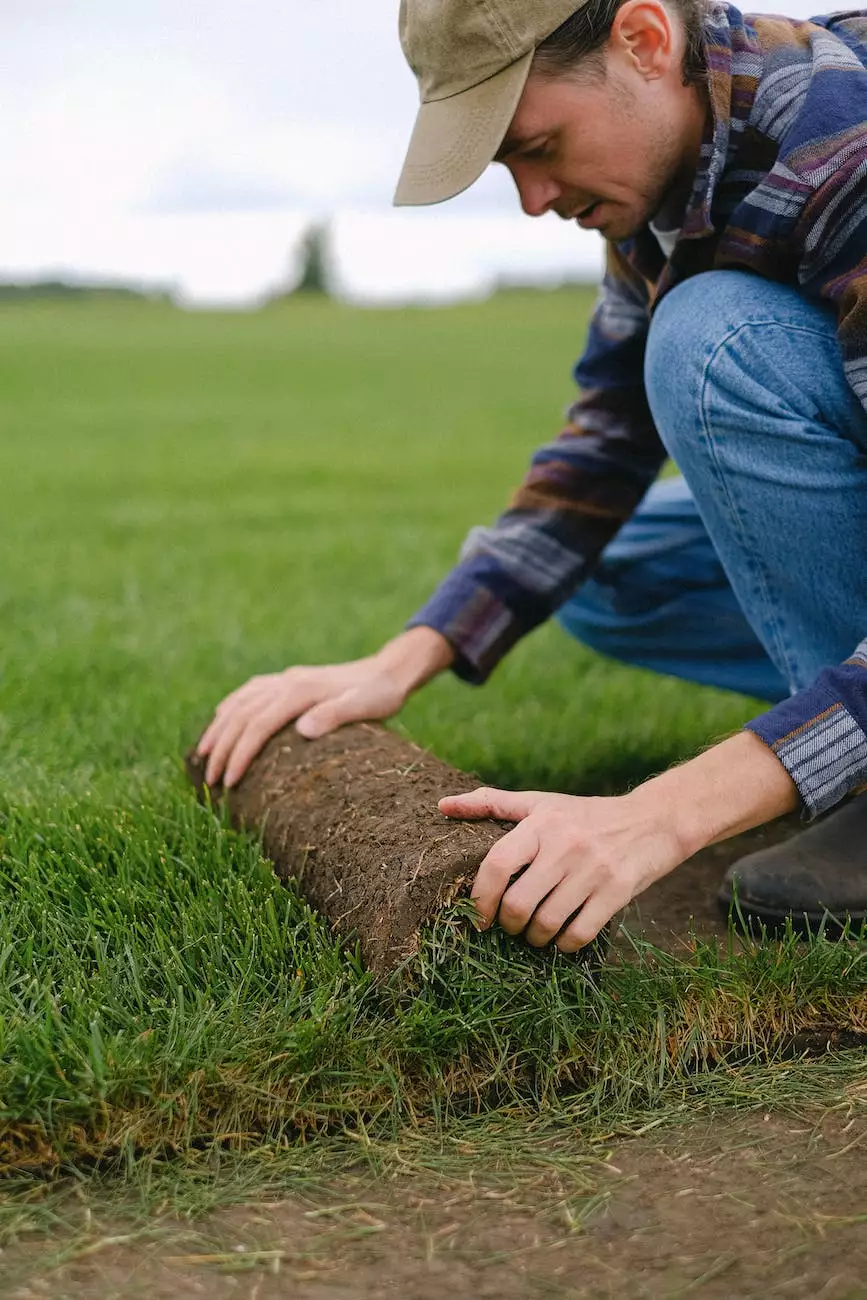What Ground Temperature Does Grass Grow?

The Importance of Ground Temperature for Grass Growth
Understanding the relationship between ground temperature and grass growth is essential for maintaining a lush and healthy lawn. Grass requires specific temperature conditions to grow optimally, and by ensuring the right ground temperature, you can promote the growth and overall health of your lawn.
Optimal Ground Temperature for Grass Growth
The optimal ground temperature for grass growth varies depending on the grass species. However, most common grass types thrive within the temperature range of 50°F to 85°F (10°C to 29°C). This temperature range allows for efficient photosynthesis, nutrient absorption, and root development.
Warm-Season Grasses
Warm-season grasses, such as Bermuda, St. Augustine, and Zoysia, prefer higher ground temperatures. These grasses thrive in temperatures between 75°F and 85°F (23°C to 29°C). When the ground temperature falls below this range, warm-season grasses may enter dormancy or show slow growth.
Cool-Season Grasses
Cool-season grasses, like Kentucky bluegrass, fescue, and ryegrass, have a lower tolerance for heat and prefer cooler ground temperatures. These grasses flourish between 60°F and 75°F (15°C to 24°C), allowing for vigorous growth and optimal lushness during spring and fall. When exposed to temperatures exceeding 85°F (29°C), cool-season grasses may experience stress and potential damage.
Measuring Ground Temperature
Accurately measuring the ground temperature is crucial for determining the optimal conditions for grass growth. Several methods can help you monitor the ground temperature:
Soil Thermometer
Using a soil thermometer is a reliable and precise way to measure the ground temperature. Insert the thermometer into the soil at a depth of 2-4 inches (5-10 cm) and take multiple readings across your lawn for an accurate average temperature.
Remote Soil Temperature Sensors
Remote soil temperature sensors are electronic devices that monitor the ground temperature remotely. These sensors can provide real-time data on your lawn's temperature, helping you make informed decisions regarding grass care and maintenance.
Managing Ground Temperature for Optimal Grass Growth
To ensure your grass thrives in different temperature conditions, consider the following tips:
Proper Watering
Maintain an appropriate watering schedule to keep the ground temperature consistent. Adequate hydration helps regulate the soil temperature, preventing it from becoming too hot or too cold.
Mulching
Applying a layer of organic mulch can help insulate the soil, preserving its temperature and minimizing extreme fluctuations. Mulch also retains moisture, promoting a healthy environment for grass roots.
Shade and Sunlight Balance
Ensure your lawn receives the right balance of shade and sunlight. While grass requires sunlight for photosynthesis, excessive exposure to intense sunlight and heat can stress the grass. Providing adequate shading during the hottest parts of the day can help maintain an optimal ground temperature.
Conclusion
The ground temperature plays a crucial role in the growth and overall health of your grass. Understanding the optimal temperature range for your specific grass type allows you to implement appropriate strategies to promote optimal growth. By following proper watering techniques, utilizing mulch, and balancing shade and sunlight, you can create the ideal ground temperature conditions for your lawn to thrive.




